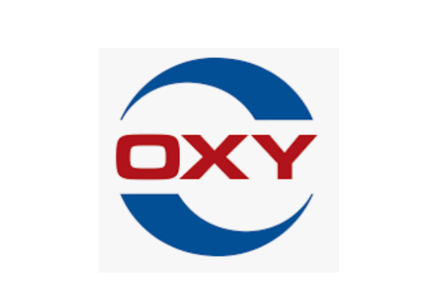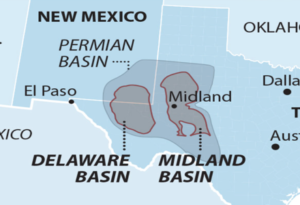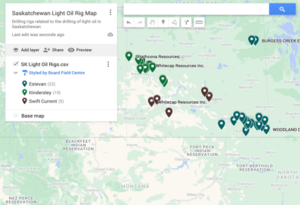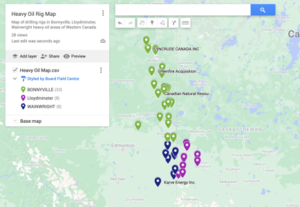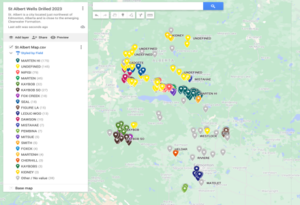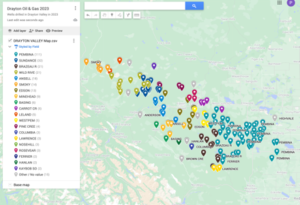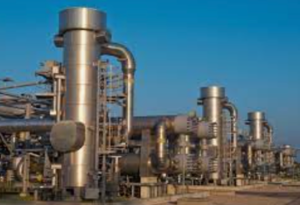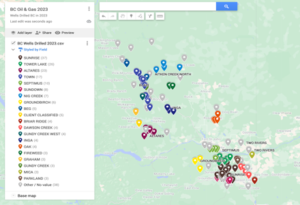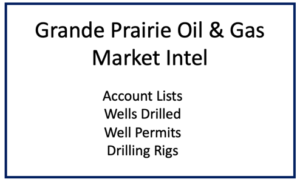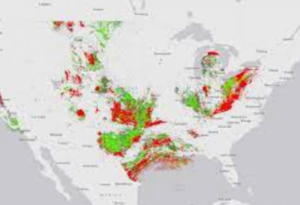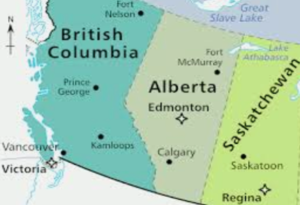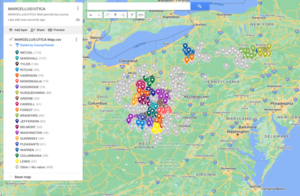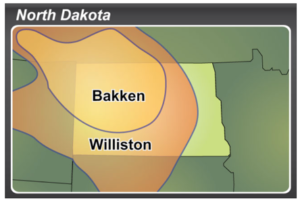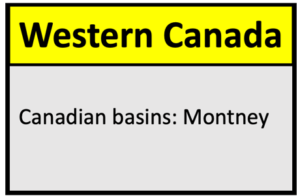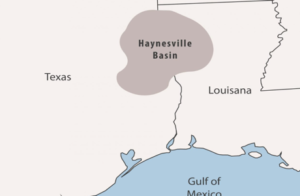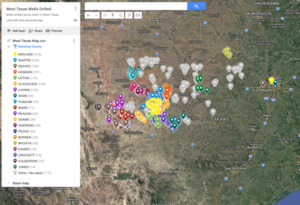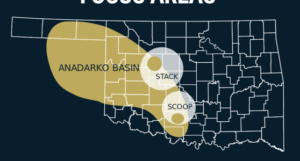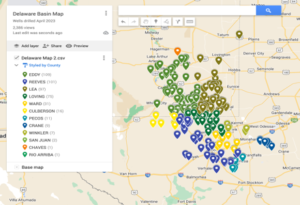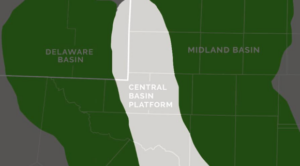As CERAWeek by S&P Global — an annual global energy conference focusing on the industry’s biggest goals and challenges — kicks off today, Occidental Petroleum (OXY) CEO Vicki Hollub joins Yahoo Finance’s Julie Hyman to discuss the company’s goals after acquiring CrownRock in December 2023.
Oil & Gas Data Download
Crownquest Operating Wells Drilled Since 2023
Hollub emphasizes that Occidental Petroleum’s “large position” in the Delaware Basin allowed the oil giant to achieve “efficiencies” of scale while expanding to other drill sites. She further notes that CrownRock’s inventory “helps to improve” Oxy’s own, and this synergy helps to accelerate cash flow generation, which she describes as “an acceleration of value” for shareholders. In the near term, the company is focusing on paying down debt and eventually resume repurchasing shares.
She highlights that the company has maintained “a very healthy repurchase program” due to the stock being “very undervalued.”

Regarding Oxy’s carbon emission initiatives, Hollub stresses the company’s familiarity with the gas, stating: “We know how CO2 works.” She underlines Occidental Petroleum’s existing infrastructure for handling carbon dioxide emissions and the “difficult process” involved in convincing sites to install carbon capture equipment. However, Hollub notes that the carbon engineering technology, which allows the extraction of carbon from the atmosphere, was “a holy grail” for Occidental. This technology empowers the company to “control our own destiny” by bypassing the need for emitters.
For more expert insight and the latest market action, click here to watch this full episode of Yahoo Finance Live.
Editor’s note: This article was written by Angel Smith
Video Transcript
JULIE HYMAN: Plot of acquisition activity in the oil and gas industry as of late, especially when it comes to large oil companies acquiring more shale. An example of that Occidental agreeing to buy CrownRock for $10.8 billion. In equity, $12 billion total value.
I’m here now at the CERAWeek by S&P Global conference with Vicki Hollub, the CEO of Occidental. Thanks so much for being here.
VICKI HOLLUB: Thank you. Happy to be here.
JULIE HYMAN: Yeah, I want to talk about this acquisition, first of all. You all acquiring CrownRock. It was announced back in December.
And of course, you’re not the only one. We’ve seen this spate of acquisitions in the industry. What is this all about? What is the goal here in acquiring CrownRock?
VICKI HOLLUB: I think every company has their own set of goals for us. In the Permian Basin, we had a very large position in the Delaware. And that position was gave us the scale we need to bring the efficiencies of not just the proximity, but the size of what we’re doing there.
So Delaware basin was fine. We wanted to apply the same model to the Midland basin. But we had a position that was pretty small in the Midland
Basin. So acquiring CrownRock gives us a little more scale. The scale also is in the right position. So it was a perfect fit with the assets that we already had.
And in addition, it brought with it an inventory. That actually helps to improve our inventory by fitting into tier one of the prospects that we have to drill in the future. So that was important.
And the other thing is it does bring forward cash flow. So part of the way we’ll pay for some of the acquisition is to sell some of our oil and gas areas that are further out in terms of development and time. So this is an acceleration of value to our shareholders, improving our inventory, giving us the opportunity to become much more efficient in the Midland.
JULIE HYMAN: And how is the timeline looking for selling off those assets that you mentioned to help fund this transaction?
VICKI HOLLUB: Yeah, we expect to meet our timeline that we laid out. And that’s 12 months past timeline for the initial phase. And then by 18 months, we’ll have everything that we need to finalize what we want to do with the acquisition.
JULIE HYMAN: And should investors think of this. I mean, when you talk about scale, you’re not just talking about scale, you’re also talking about efficiency, you’re talking about profitability of these various shale areas. So should investors think of this as a 1 plus 1 equals 2, or some exponential exponent of that?
VICKI HOLLUB: It’ll be 1 plus 1 equals more than 2. Because with what we’ll be able to do with the efficiencies that we create will create more value not only from that particular development, but again, it’s the acceleration of value to the shareholders that from an NPV basis is much better.
JULIE HYMAN: Now, I talked to one analyst after this transaction who talked about wondering if this is a sign Occidental is moving a little bit back towards a low shareholder return phase. And he was wondering when you’ll get back to a sort of higher shareholder return phase. Can you talk to us about how you’re thinking about that?
VICKI HOLLUB: If the shareholder return that he’s talking about is buybacks, then yes, we will in the near-term over the next couple of years, we’ll continue to pay debt down. Post those two years, we’ll get back to repurchasing shares. We’ve had a very healthy repurchase program over the last couple of years because of the fact that our stock right now is very undervalued in our view.
And so we think that the two important ways to return value to shareholders are through a growing dividend, which the CrownRock acquisition does for us and to repurchase shares. But also, we get a really good return on capital employed by investing organically in our oil and gas development. So those three things are the way that we can continue to create value for our shareholders.
JULIE HYMAN: I want to talk about another big project that you all are working on. And this is on the energy transition front direct air capture, which is effectively pulling CO2 out of the air and trying to bury it underground sequestering it. This is something that I believe Occidental fairly uniquely is doing in the oil and gas business.
Why did you decide to go that route versus capturing the CO2 that comes from the oil and gas processes? And what’s the long-term outlook for this?
VICKI HOLLUB: Well we’ve actually been using CO2 for enhanced oil recovery for more than 50 years. And so that’s a core competence of us. We know how CO2 works.
We know how to manage it. We know how to deal with it. We have the infrastructure for it in the Permian Basin.
And so for a long time, we were trying to capture anthropogenic CO2 from industry. But that’s a difficult process. Because when you’re trying to get an industrial site to commit, to putting retrofitting equipment on their facility to capture carbon, that’s not an easy negotiation. It’s not an easy agreement to get to.
And quite frankly, we started back in 2008 trying to make that happen. We couldn’t make it happen with anybody. And then we came across this Carbon Engineering technology to extract CO2 out of the atmosphere.
When we found that technology, that was more like the Holy Grail for us, because now we didn’t have to talk to any emitters. All we had to do, and we controlled our own destiny with our schedule in terms of what pace we could develop these at and how well we could develop the direct air capture. And that allows us to do it when and where it makes sense to do.
And the other thing about that technology is that just so happens that it’s potassium hydroxide that will extract the CO2 out of the air. We’re the largest marketer of potassium hydroxide in the US, second largest in the world. And to make the mixing happen in the contact tower so that you get the most efficiency and pull the most CO2 out of the air.
You have to have the mixing happen in a good way. And PVC will help that will be the diffuser in the tower. And we make PVC, too. So not only did we have the synergy with our oil and gas business of having used CO2 in enhanced oil recovery, but also the synergies with the infrastructure that we have as a result of that and then the synergies with chemicals. And it was like this was meant for us to do.
JULIE HYMAN: When is it going to make money? What’s the timeline? Because it’s the economics of it. And not just with direct air capture, but with your rivals are doing. It’s quite difficult.
VICKI HOLLUB: Actually, we will have the first phase of Stratus which is our direct air capture facility that we’re building in the Permian. That will be up starting up in mid next year. We’ve already sold about 70% of the carbon reduction credits for that 500,000 tons per year that will ultimately have for that facility. And that’s been going well.
There is a demand from airlines, from tech companies, and even from a consulting company and some others that want to reduce their carbon footprint. This is the voluntary compliance market. These are people who care about their carbon footprint, and who want to make a difference, want to offset that carbon footprint.
They’re buying these credits. So we will have cash flow coming in from that facility.
JULIE HYMAN: When do you think it will pay for itself and actually get into the black?
VICKI HOLLUB: The payout really is dependent on what the credits are beyond what we’ve sold out today. We’ve done a really good job. And so we haven’t sold them all.
But the cost of credits right now are going up because there’s a limited number of reduction credits that companies can buy. So I hope to be able to tell you in two years exactly what that looks like. But it’s evolving.
Oil & Gas Operator List

